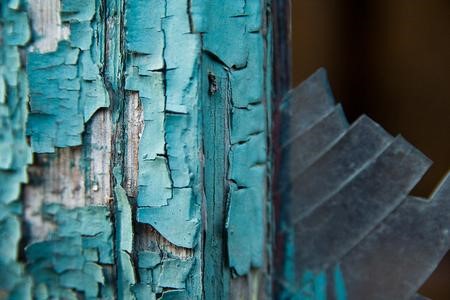What is Lead
Lead is an element in the carbon group of the periodic table with the symbol Pb (from Latin: plumbum) and is the heaviest non-radioactive element. It is the heaviest metal commonly found on earth and has been used for thousands of years.
Why it was Used
Lead has had many uses over the years such as in pipes and plumbing, tetraethyllead in fuels, bullets, glass, paints, pesticides, and many more. Lead paints were used in homes and buildings because it increased durability and decreased drying time. White, yellow, orange, and red paints commonly used lead pigments to make the colour more vibrant.

What are the Dangers
Lead is poisonous to humans and animals, causing damage to the nervous system and blood disorders. Once ingested, lead accumulates in the bones and soft tissues because the body cannot excrete it.
Small children are the most at risk of being poisoned by lead: their small body size means less lead is needed to reach toxic levels and small children are known to put everything in their mouth. If they are in an area with peeling paint, paint chips, or paint dust, they may ingest lead. Sanding, scraping, removing painted surfaces, or other activities that may release dust into the air also carries a high risk of exposure to lead.
Lead concentrations as low as 90 mg/kg may present a risk to pregnant women and children. The Federal Ministry of Health, under the Hazardous Products Act, defines lead-containing material as: “paint or other similar material that dries to a solid film that contains over 90 mg/kg (0.009%) dry weight of lead.”
Lead in Your Home
In 1978 the Consumer Product Safety Commission (CPSC) banned the sale of lead-based paints to consumers and the use of lead-based paints in residences and on other areas where consumers have direct access to painted surfaces, and on toys and furniture. Leftover paints may have been used for years later so it is important not to disturb painted surfaces until you get them tested for lead.
Avoid being exposed to lead by identifying some of these common hazards:
- Sanding/scraping/removing paints from walls, windows, or other objects
- Opening and closing old windows that slide over painted surfaces to open
- Chipping/peeling paints
If you are concerned about lead exposure our qualified professionals will determine if lead testing should be conducted and recommend appropriate safe work procedures.
